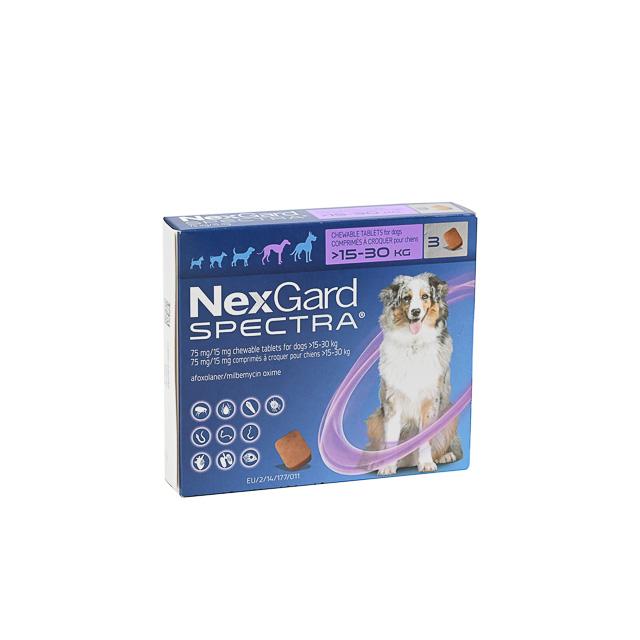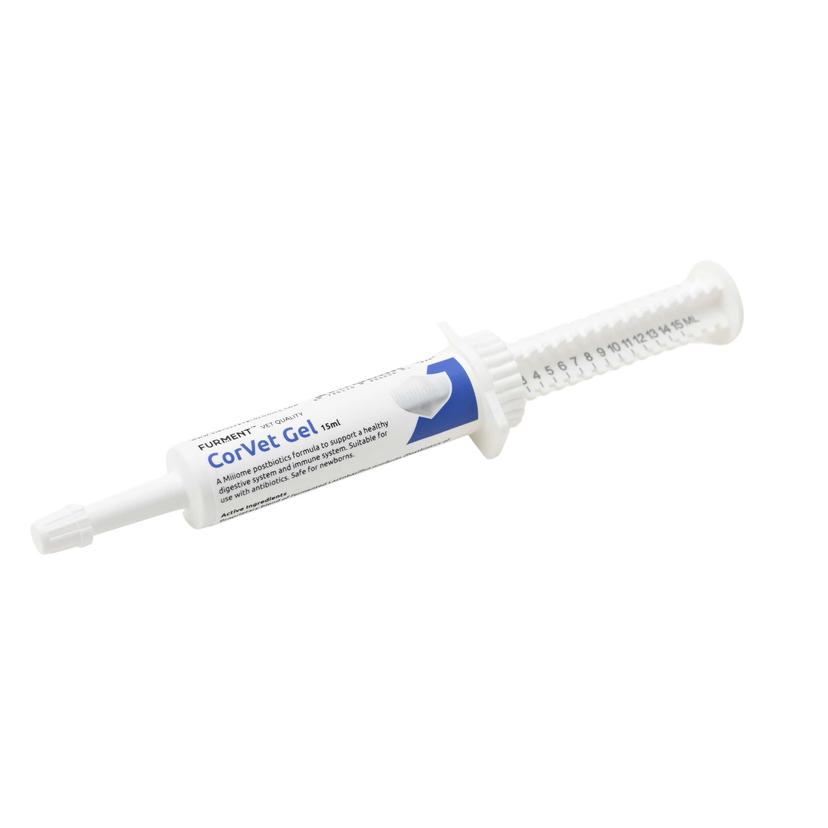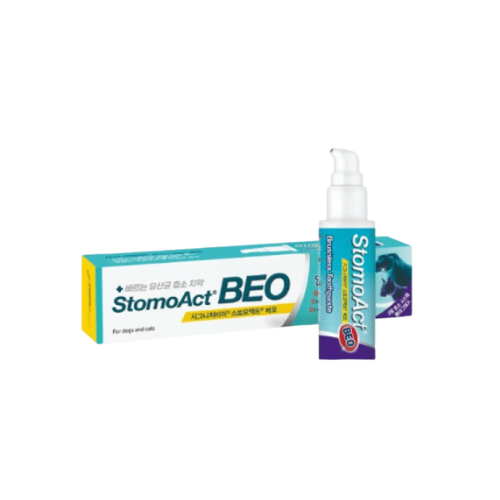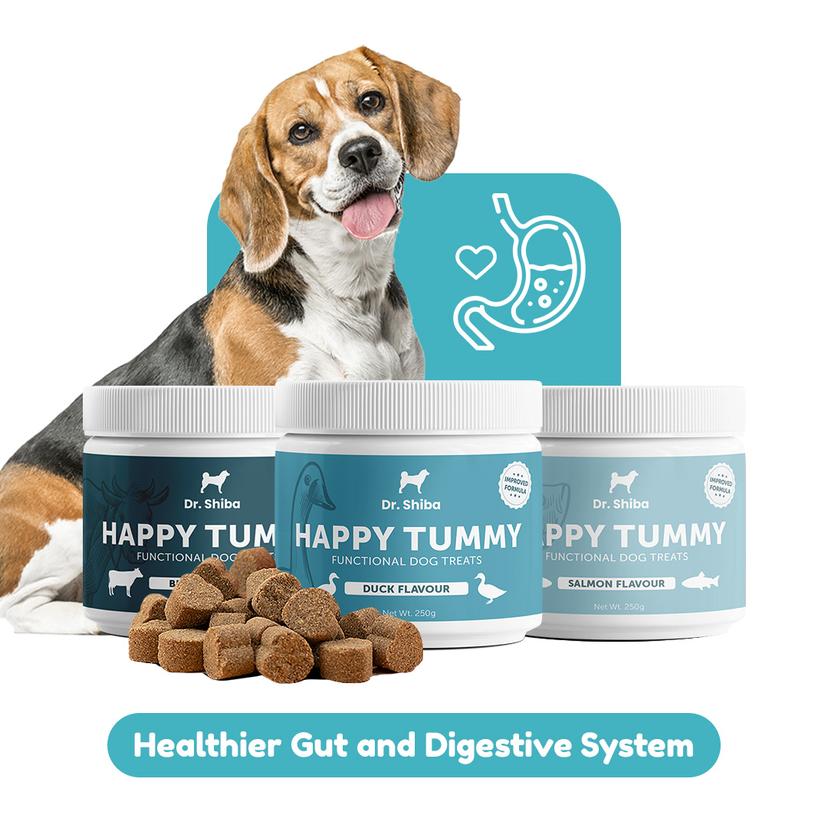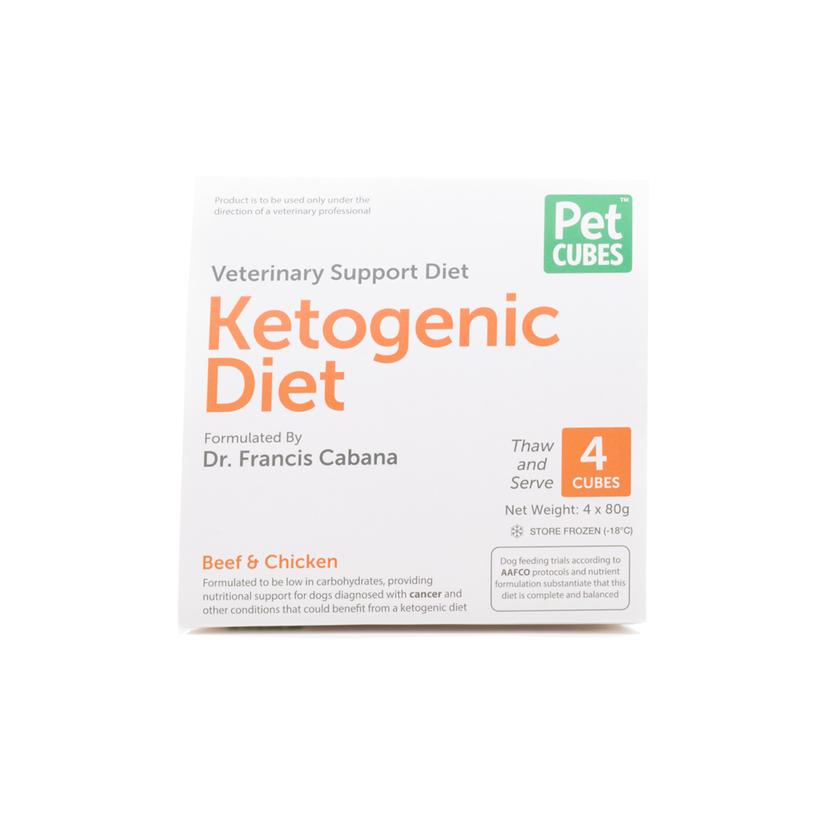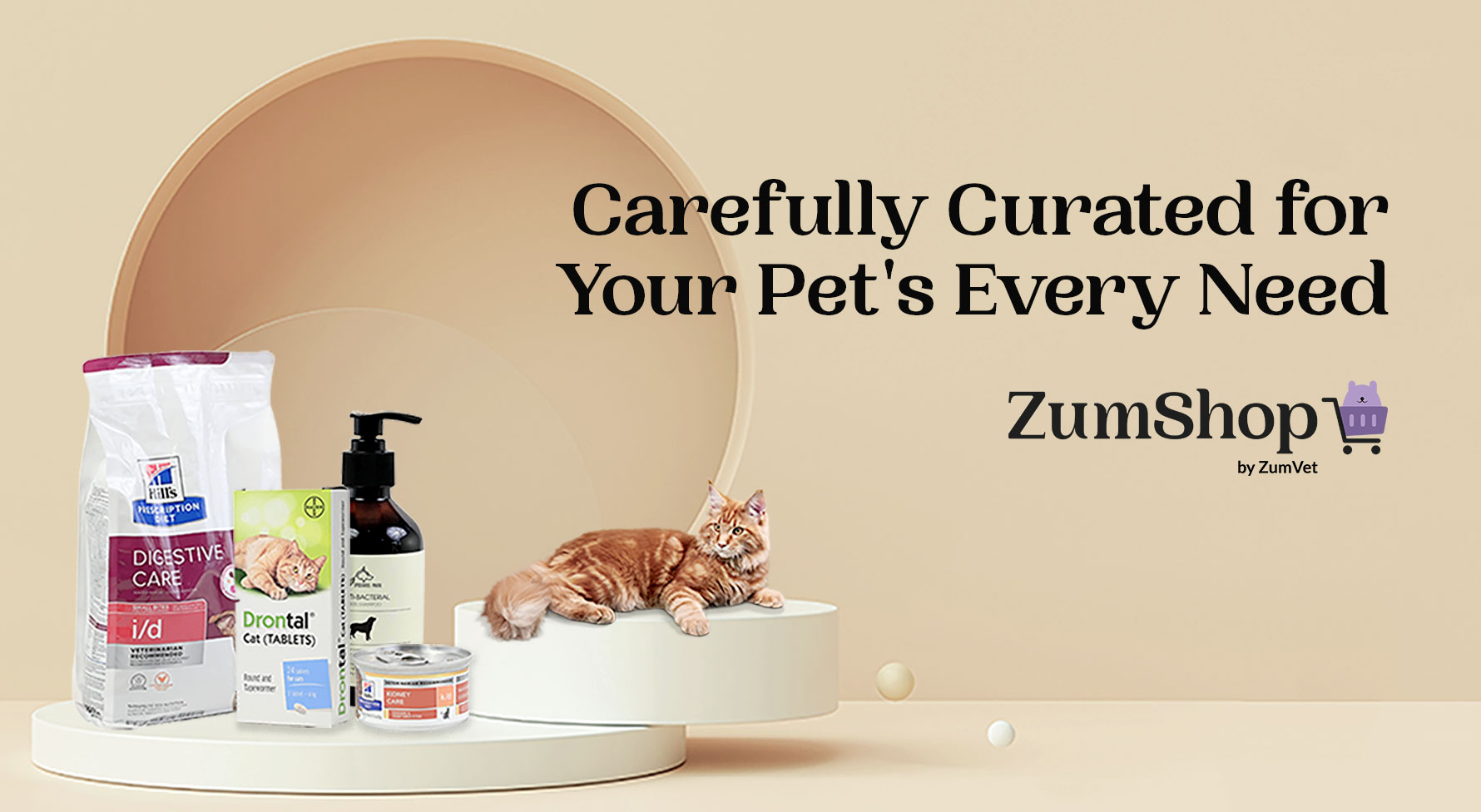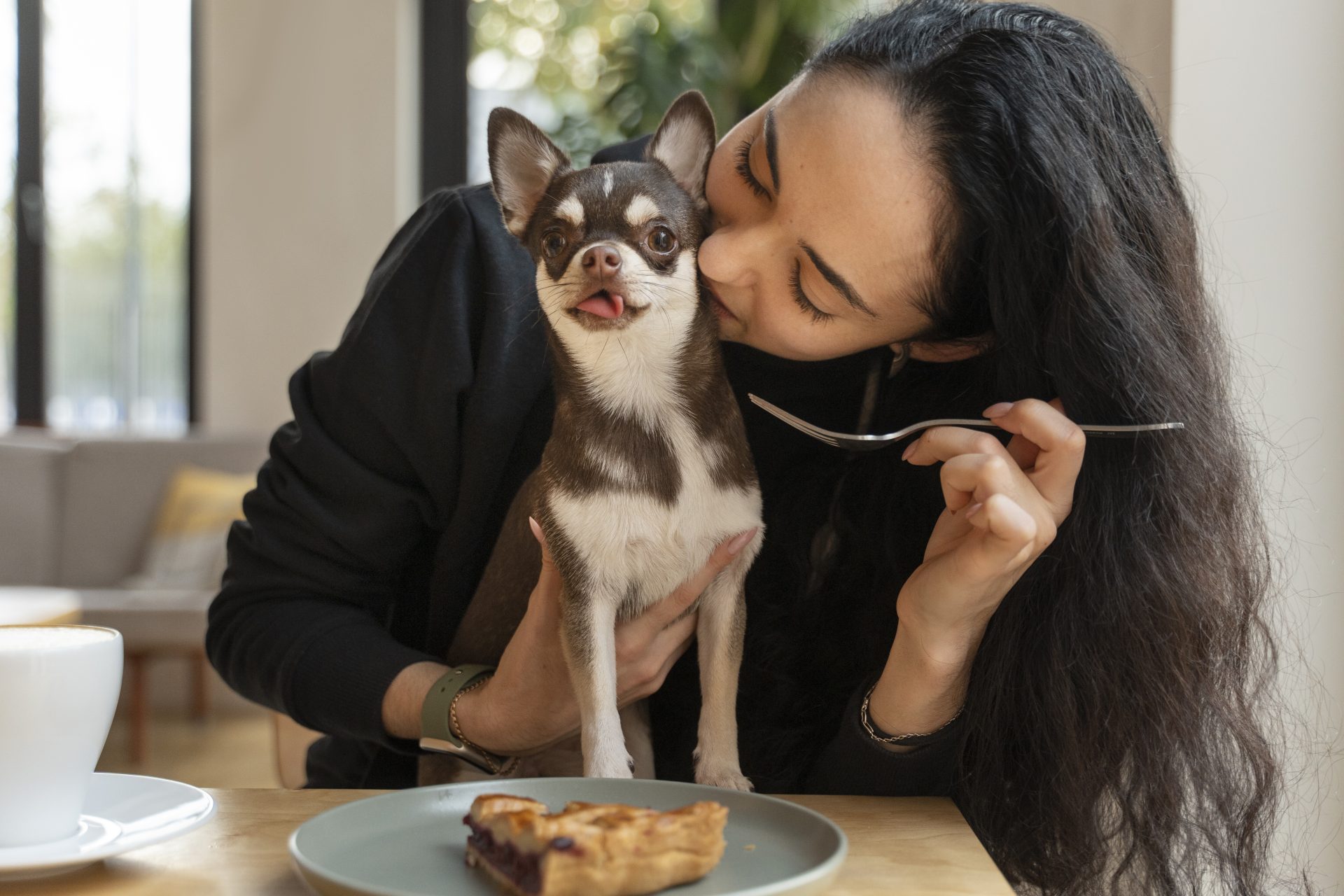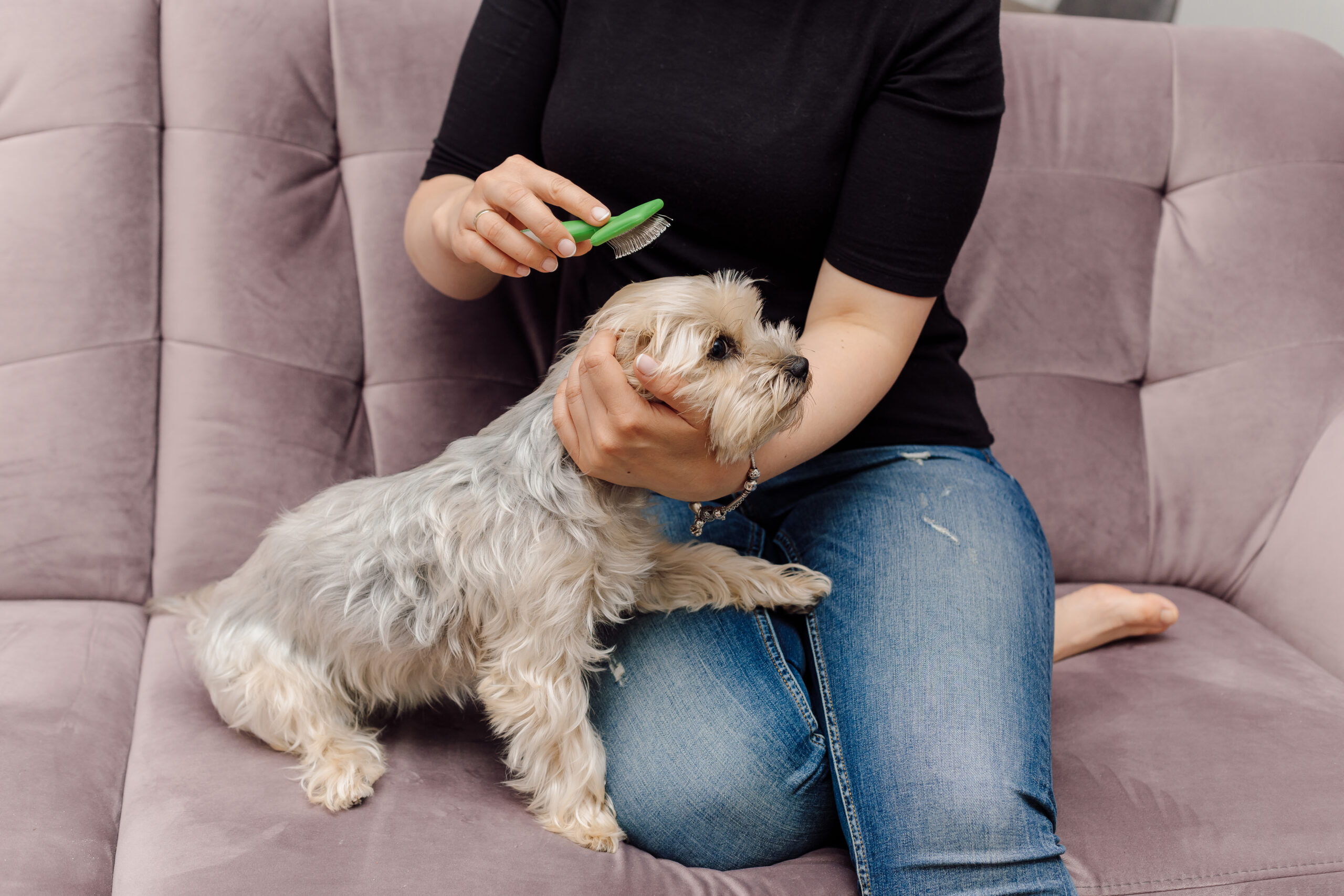Could there be an underlying reason?
Ever wondered why your cat turns their noses up at mealtime? Or why does your dog seem uninterested and refuse to eat? It’s not just about being a picky eater; there could be some fascinating reasons behind it, all connected to their nutritional needs. Your dog or cat might be dropping hints about their health or taste preferences. Perhaps they’re dealing with a pesky toothache or stomach twinge, or maybe they’re just holding out for a tastier option.
Just like us, pets have their food fancies, and sometimes the kibble or cat food in their bowl doesn’t quite hit the spot. Changes in routine, a bit of stress, or even a smelly dish can be the culprits. And as our furry friends age, their nutritional needs evolve. So, if your four-legged companion is turning up their nose, it’s their way of saying, “Let’s talk about my diet, human!”
In this brief exploration of the pet dining world, we’ll uncover the various reasons your pooch or kitty might be playing hard to please and how to keep those tails (or whiskers) wagging at mealtime.

Reasons why your pet refuse to eat
1. Health Issues
1.1 Dental Health
Dental health is crucial for your pet’s overall well-being. Issues such as periodontal disease, tooth decay, or oral infections can make chewing painful or uncomfortable. When your pet experiences pain while eating, they may develop an aversion to food, leading to a noticeable decrease in appetite. Regular dental care, including professional dental cleanings and home dental hygiene practices, can help prevent and address these problems.
1.2 Gastrointestinal Issues
A healthy digestive system is vital for proper nutrient absorption and overall health. Gastrointestinal problems, such as gastritis, inflammatory bowel disease, or gastrointestinal infections, can cause discomfort and nausea. Pets may associate eating with these unpleasant sensations, leading to a reduced appetite. Identifying and addressing gastrointestinal issues through veterinary examinations, diagnostic tests, and appropriate dietary changes can help alleviate discomfort and restore your pet’s interest in food.
1.3 Other Underlying Health Issues
Various underlying health conditions, including hormonal imbalances, organ dysfunction, or chronic diseases, can impact your pet’s appetite. For instance, conditions like diabetes, kidney disease, or thyroid disorders can influence metabolism and eating patterns. Monitoring your pet’s overall health, regular veterinary check-ups, and prompt attention to any signs of illness are essential for early detection and management of underlying health issues affecting appetite.
Understanding the specific health needs of your pet, providing regular veterinary care, and maintaining a balanced and appropriate diet are crucial aspects of promoting a healthy appetite. If you notice any changes in your pet’s eating habits or overall behaviour, consulting with a veterinarian ensures timely intervention and appropriate measures to support their well-being.

2. Dietary Preferences
Just like how we humans have our favourite foods, our furry friends have tastes too! Pets can be picky about flavours and textures in their meals. Some may love the chicken flavour, while others might prefer the crunch of kibble over the softness of wet food.
Here’s the fun part – experimenting with different top-notch pet foods, such as Royal Canin, PETCUBES or Hills’s, can be like a taste adventure for your pet! It’s like trying out new ice cream flavours, but for them. You might discover they have a secret love for beef or go crazy for fishy delights.

3. Changes in Feeding Routine
Your pet looks forward to their meals just like we do, and any change in their routine can be a bit like a surprise party they weren’t ready for! Altering when, where, or what they eat can cause a little confusion in their furry minds.
Put yourself in your pet’s paws. They’re used to a routine – breakfast here, dinner there. Changing things up is like hunting for a snack in a different cupboard. Keep it simple: a consistent feeding schedule is like a reliable map for your pet. It says, “Your food will always be right here at this time, buddy.”
Feeding frequencies of dogs and cats vary based on factors like age, health, and individual preferences. Here are some general guidelines:
3.1 Dogs
Puppies:
Puppies require more frequent meals due to their rapid growth and high energy levels. Feed them 3 to 4 times a day until they are around 6 months old.
Adult Dogs:
Adult dogs typically do well with two meals a day. This helps maintain their energy levels and provides a routine for bathroom breaks.
Senior Dogs:
Older dogs may benefit from two smaller meals a day to aid digestion. Some senior dogs may also have specific dietary requirements, so it’s essential to consult your veterinarian.
Toy Breeds vs. Large Breeds:
Smaller breeds may require more frequent, smaller meals, while larger breeds may do well with larger meals spaced further apart. Large and giant breeds are sometimes prone to certain health issues, and feeding schedules may be adjusted accordingly.
Active Dogs:
Dogs with high activity levels, such as those involved in agility, working, or sporting activities, may require more frequent meals or larger portions.
3.2 Cats
Kittens:
Kittens require more frequent meals due to their smaller stomachs and higher energy needs. They are typically fed 3 to 4 times a day until they are around 6 months old.
Adult Cats:
Most adult cats do well with two meals a day. This helps regulate their energy levels and provides a routine for feeding.
Senior Cats:
Older cats may benefit from more frequent, smaller meals to aid digestion. They may also have specific dietary requirements, so it’s essential to consult your veterinarian for guidance.
Free-Feeding vs. Scheduled Meals:
Some cat owners prefer to free-feed, leaving food available for their cats to eat throughout the day. However, this method can lead to overeating, especially in cats prone to obesity. Scheduled meals can help control portion sizes.
Weight and Health Considerations:
If your cat has weight management issues or specific health concerns, your veterinarian may recommend a specific feeding schedule or a prescription diet.
Please keep in mind to always check the feeding guidelines on your pet’s food packaging. Do consult with your veterinarian to determine the right amount and frequency for your specific pet.

4. Emotional Stress
Emotional stress, such as anxiety or fear, can impact a pet’s eating habits. For example, changes in the environment, new family members, or other stressors can impact your pet’s appetite. Ensuring a calm and comfortable atmosphere during mealtime can help alleviate anxiety.
Cats and dogs cope differently with emotional stress, influencing their eating patterns. In cats, stress often leads to a reduced appetite, making them picky eaters or prompting them to avoid food altogether. Cats are particularly sensitive to environmental changes, and stressors such as new people, animals, or alterations in routine can impact their eating habits. Additionally, stress-related behaviours like excessive grooming or hiding may emerge.
Conversely, dogs may respond to emotional stress by either eating less or, alternatively, overeating. Some dogs may lose interest in food during stressful periods, while others may find solace in increased consumption. Indicators of stress in dogs include changes in appetite and behaviours such as restlessness, pacing, or excessive barking.

5. Age-Related Changes
As pets gracefully age, their nutritional requirements undergo shifts akin to chapters in their life story. Senior pets, marked by wisdom and a touch of grey, often require dietary adjustments tailored to their changing needs.
Specialised senior pet foods become crucial not just for taste but for targeted support. These formulations often incorporate elements to address issues such as arthritis and a slowing metabolism. By adapting their diet, you provide essential care, ensuring that their golden years are not only flavorful but also optimised for sustaining joint health and accommodating metabolic changes. It’s a nutritional narrative crafted for the well-being of your wise companion.

Tips to stimulate your pets’ appetite
1. Prepare Flavorful Homemade Meals
Cooking up meals at home for your pet is like throwing a tasty party for their taste buds. Fresh ingredients with yummy smells and different textures turn their regular meal into a mini food festival. You get to be the flavour boss, customising dishes to match your pet’s food cravings – whether they’re into chicken dance or fish fiestas. Homemade meals aren’t just delicious; they’re also packed with nutritions that keeps your furry friend feeling awesome.
Some furry friends might become sensitive or allergic to certain ingredients in their meals. But don’t worry – here’s a solution: picking a special diet with fewer ingredients or going for hypoallergenic options. It’s like serving up meals that are easy on their tummies and taste buds. A diet tailored just for your picky pet could be the perfect solution!
Boosting your pet’s meals with supplements such as VetzPRO and Lillidale ProJoint will give them an extra dose of goodness! These little additions are like superheroes for your furry friend, filling in the nutritional gaps that might be missing in their regular food. Imagine shiny coats from omega-3, happy joints with glucosamine, and a boost of vitamins for overall health.
2. Introduce Interactive Feeders and Puzzle Toys
Elevate your pet’s mealtime into an engaging adventure by introducing interactive feeders or puzzle toys. These innovative additions serve a dual purpose – providing mental stimulation and transforming their eating routine into an entertaining challenge. Unlike the conventional bowl setup, these interactive tools require your pet to employ problem-solving skills to access their food.
Interactive feeders and puzzles engage your pet’s cognitive functions, enhancing their mental agility. It’s like a culinary puzzle-solving session for them! As they nudge, paw, or roll these devices, they unlock hidden treats or kibble, turning the act of eating into a stimulating task.
Beyond the immediate fun, incorporating these tools into mealtime offers various benefits. It helps prevent boredom, especially for pets that may spend extended periods alone. Additionally, it taps into their natural instincts, providing a sense of accomplishment and satisfaction.
By infusing an element of play into their routine, you not only make mealtime enjoyable but also contribute to their overall mental well-being. It’s an interactive feast that satisfies both their hunger and their need for mental stimulation, turning each meal into a captivating experience.
Consistency becomes their food compass, helping them feel secure and comfortable. So, whether it’s breakfast at 8 am or dinner at 6 pm, keeping things steady is like creating a tasty routine your pet can count on. After all, a happy pet mealtime is a happy pet!
For pet parents juggling busy schedules, automatic feeders are like a trusty sidekick, ensuring their fur babies stick to a consistent and timely feeding routine. Whether you’re caught up in meetings or embracing a spontaneous outing, automatic feeders have your back, ensuring your pets never miss a meal. It’s the modern solution for busy pet parents who want to keep their pets well-fed and content, no matter what their day throws at them!
3. Ensure Changes In Diet Are Done Gradually
Changing your pet’s diet? Take it slow and steady! Abrupt changes can upset their stomach, leading to digestive issues. Gradual transitions over 7-10 days help their tummies adjust to the new food. Begin by mixing a small amount of the new food with their current one, gradually increasing the ratio.
It’s like introducing them to a tasty adventure without the upset belly surprises. This approach ensures a smoother transition, allowing your pet’s digestive system to adapt and thrive on their new, delicious menu.
4. Ease Your Pet Into A New Environment
Moving to a new place? Ease your pet into their new kingdom with a gradual introduction. Start by bringing familiar items – their bed, toys, and bowls – to make the new space feel like home. Introduce them room by room, giving them time to sniff and explore. Create a cosy spot with their belongings, offering comfort amidst the newness. Spend quality time together, reinforcing the positive vibe.
Patience is key; let them adjust at their own pace. By making the transition gradual and positive, you’ll help your pet feel secure and minimise any emotional stress in their exciting new territory.
To create an even more soothing atmosphere, particularly cats experiencing anxiety, consider using the Feliway Diffuser.
4. Monitor and Consult
Keep a keen eye out for any unexpected reactions when you bring in new ingredients to your pet’s plate. Look for signs like itching, tummy troubles, or changes in behaviour – these could be signals that something isn’t sitting right. It’s a bit like detectives investigating clues your pet is leaving behind.
To make sure your homemade meals are hitting all the nutritional checkmarks, it’s smart to have a chat with your veterinarian. They’re like the nutrition gurus for your furry friend, making sure your culinary creations aren’t missing any important ingredients. It’s not just about keeping them full; it’s about keeping them healthy and happy.
Think of your vet as a personal chef for your pet. They can give you the lowdown on portion sizes, the right ingredients, and any special dietary needs your pet might have. It’s like having a food expert on speed dial, making sure every bite is a step towards a well-fed and content furry friend. So, as you dive into homemade meals, keep an eye on your pet’s reactions and have that vet chat to ensure your culinary delights are hitting the nutritional bullseye.
Savour Every Bite
So, here’s the bottom line: being tuned in to our pets’ appetites and meals is way more than just serving up chow. It’s like having a front-row seat to their well-being show! By keeping a watchful eye on what they munch on, we’re not only catching any health hiccups early but also getting to know their foodie likes and dislikes. It’s about dishing up meals that fuel their zest for life, from their shiny fur to their playful bounces. Plus, mealtime isn’t just about the food; it’s our daily connection, a moment when we share love through a bowl. So, let’s not just feed our pets; let’s nourish their joy, ensuring they savour every bite of this adventure called life.
If you need any further support, you can consult our professional and experienced nutritionist on the ZumVet app.




